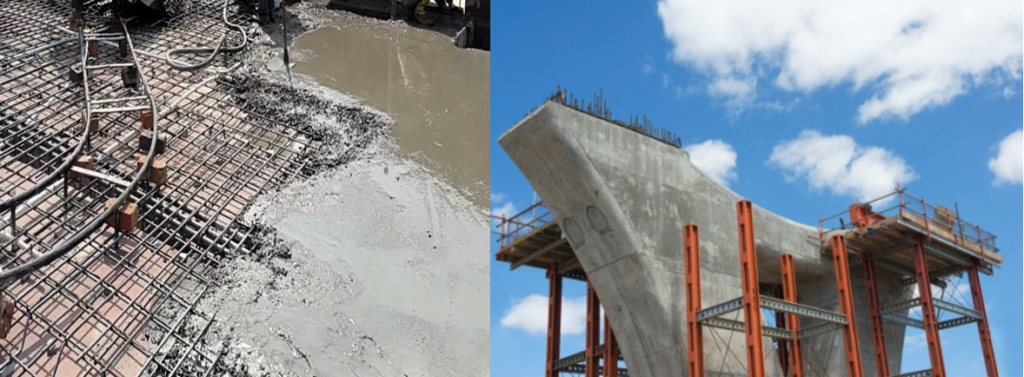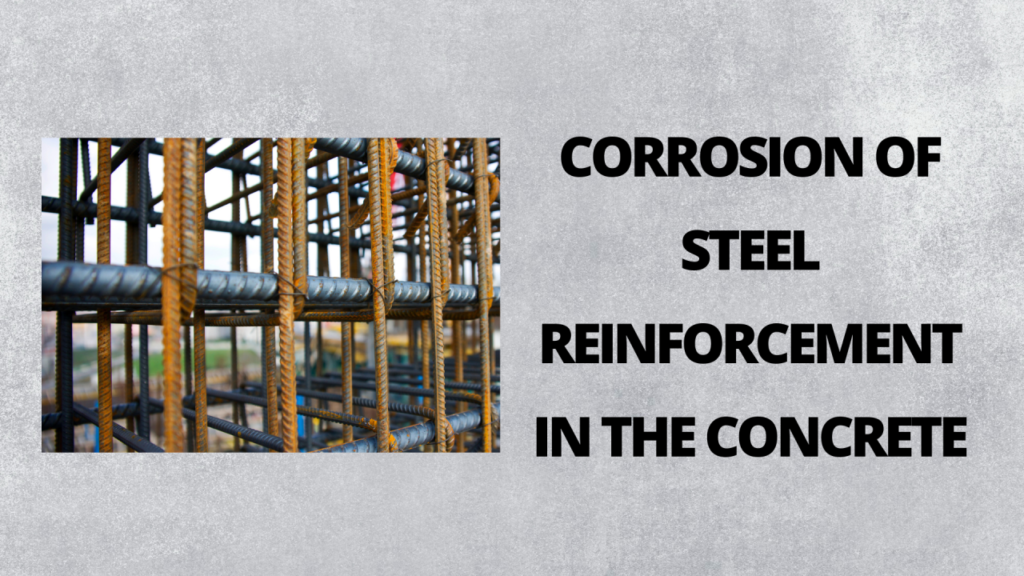Discover the distinctions between concrete vs. reinforced concrete in this comprehensive guide. Explore the characteristics and uses of both materials, from construction to infrastructure projects.
Concrete vs. reinforced concrete are fundamental materials in the construction industry, each with its unique properties and applications. In this article, we will explore the differences between concrete and reinforced concrete to help you understand their distinct characteristics and uses.
Whether you’re planning a residential project or working on large-scale infrastructure, knowing when to use concrete or reinforced concrete is essential for successful construction outcomes.
I. What Is Concrete?
Concrete is a composite material composed of cement, aggregates (such as sand and gravel), and water. It is widely used in construction due to its versatility, affordability, and ease of production.
Concrete provides a solid foundation for various structures, from buildings to roads, bridges, and dams. Its strength, durability, and fire resistance make it a preferred choice in many construction projects.

II. What Is Reinforced Concrete?
Reinforced concrete is a composite material that combines concrete with reinforcement, typically steel bars or mesh, to enhance its structural integrity and load-bearing capacity.
The addition of reinforcement provides tensile strength to counterbalance the low tensile strength of plain concrete. Reinforced concrete is known for its ability to withstand heavy loads and offers increased durability and resistance to cracking.
III. Differences and Applications
- Composition and Strength:
Concrete is primarily composed of cement, aggregates, and water. It is strong in compression but lacks tensile strength. On the other hand, reinforced concrete combines the compressive strength of concrete with the tensile strength of reinforcement.
This combination allows reinforced concrete to bear heavier loads and provides better resistance against bending and cracking. Reinforced concrete is commonly used in structures that require higher strength, such as bridges, high-rise buildings, and foundations. - Flexibility and Design Options:
Concrete offers flexibility in design, allowing for various shapes and surface finishes. It can be molded into different forms, making it suitable for architectural applications.
Reinforced concrete provides even greater design flexibility due to its increased strength and load-bearing capacity. It allows for longer spans, thinner sections, and more complex shapes, enabling architects and engineers to create innovative and structurally efficient designs. - Cost Considerations:
Concrete is generally less expensive compared to reinforced concrete since it does not require the additional cost of reinforcement materials and labor.
However, in projects that demand higher strength and load-bearing capacity. reinforced concrete becomes a cost-effective solution due to its ability to reduce the amount of concrete required and optimize structural efficiency.

IV. Conclusion
Concrete and reinforced concrete are essential building materials with distinct characteristics and applications. Concrete is versatile, affordable, and widely used in construction projects, providing a solid foundation for various structures.
Reinforced concrete, with the addition of reinforcement, offers enhanced strength, durability, and load-bearing capacity, making it suitable for projects that require higher structural integrity.
Understanding the differences between concrete and reinforced concrete allows construction professionals to make informed decisions based on project requirements and desired outcomes. By selecting the appropriate material, you can ensure the success and longevity of your construction projects.